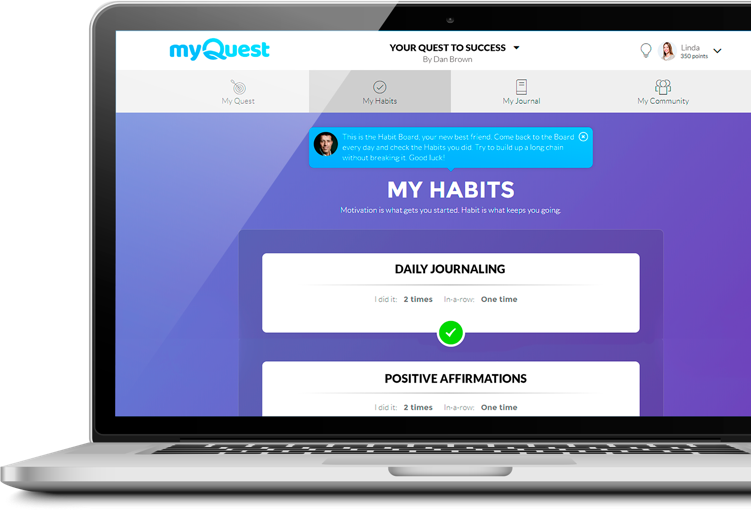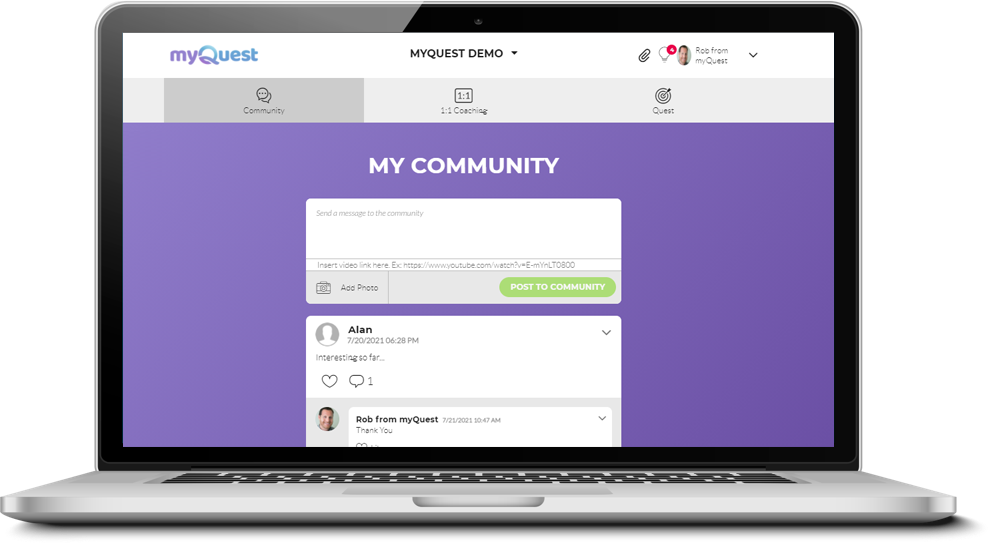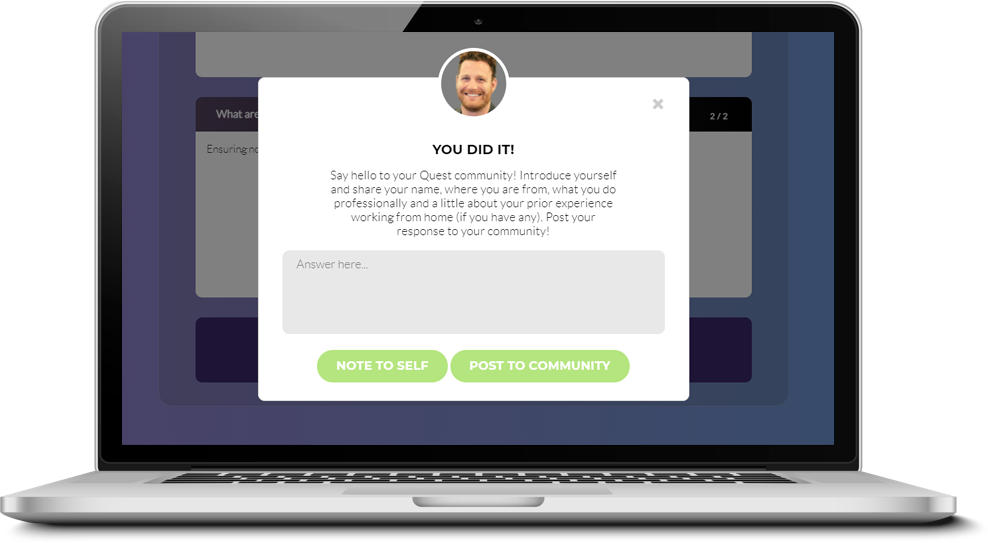The AFT model is made up of three factors, each is important on its own, but when combined together a truly powerful learning method is created.

A - Action
Transform Lessons Into Activities
According to the AFT model, the first step of an effective learning experience is to make sure students take action. Rather than just delivering knowledge through videos or written texts, students are encouraged to take action and experiment with what they have learned. This type of experiential learning is so effective because it helps establish lasting behaviour change. To make the process even more effective, it’s recommended to use micro-learning and break down content and information into bite-sized, achievable pieces.

F - Feedback
Let Students Know How They Did
After an action is taken, it’s crucial to give the student feedback. When feedback is given immediately after showing proof of learning, the student responds positively and remembers the experience about what is being learned in a confident manner. The absence of feedback can lead to frustration, lack of engagement, and depleted motivation.

T - Trigger
Make Students Take the Next Step
After giving students feedback, the next action must be triggered to keep the learners engaged throughout the entire learning process. Using triggers such as reminders, messages, and notifications motivates and encourages the students to make progress. The triggers must be related to the student’s experience and relevant to what they are learning and going through.






.jpg)








